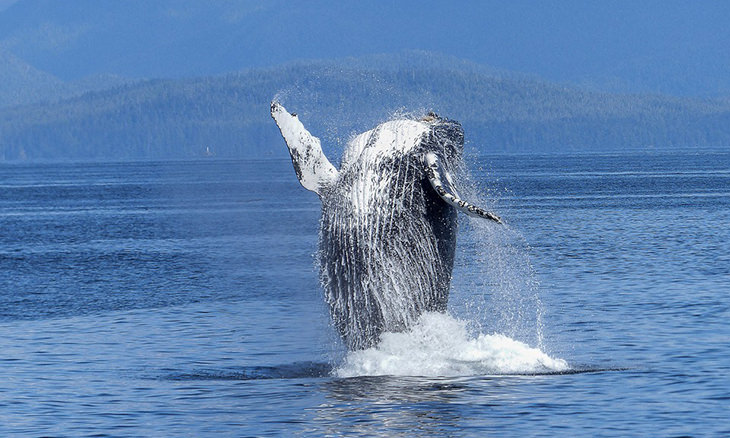1. Sleeping
Although researchers don’t exactly know what goes on in our brains and bodies when we sleep, they do know that long-term sleep deprivation can cause hallucinations, psychosis, heart disease and immune system dysfunction. Sleep isn’t just important for humans - almost all vertebrates sleep, including fish. It seems like our brains need downtime to remain organized, and the downtime also allows for the strengthening of neural connections to allow us to remember what we’ve learned.
2. Yawning
Yawning is often mistakenly thought of as being related to the amount of sleep, or lack thereof, that someone has gotten. People tend to yawn more when they’re bored or hungry. Some researchers believe that yawning is the body’s built-in “wakeup call” mechanism that helps us to maintain focus when our attention is drifting. Numerous mammals yawn, however, it’s only humans, chimpanzees and bonobos that do it when they see others yawning. In addition, we’re more likely to “catch” a yawn from a family member or a friend rather than a stranger.
3. Ice being super slippery
Many people think that ice is slippery due to a thin layer of liquid water that can melt across its surface, but when you think about it, the slippery effect isn’t the same when there’s a thin layer of water on a tiled surface. The slipperiness of ice is actually believed to be caused by loose water molecules rolling around on its surface. In other words, slipping across a frozen puddle Is like stepping on a bunch of teeny, tiny loose marbles.
4. Wavy old windows
You’ve probably heard that glass is a liquid, but that isn’t true. It’s actually an amorphous solid, which means that although it holds its shape like a regular solid, the atoms it contains aren’t actually held together by a crystalline structure. Plastics and gels are also amorphous solids. If you happen to have old windows in your home or have seen one recently, you might have noticed a wavy effect on its surface. This is simply due to the way it was made, as opposed to the structure of the glass itself changing.
5. Can plants and trees actually communicate?
Plants communicate with each other through networks of fungi that connect their roots. A 2013 study showed that connected plants could actually react when one of them was being attacked by aphids. In fact, they were observed to ramp up their chemical defenses against the harmful insects. Another study conducted recently also found that plants communicate with each other to regulate growth. Trees rein themselves in when their leaves begin to brush up against other plants, and they even adjust their growth to keep out of the way of nearby plants and trees.
6. Fireflies lighting up simultaneously
It’s commonly believed that fireflies all flash simultaneously, but it turns out that it’s only 1% of the roughly 2,000 species extant in the world today that do so. It’s a behavior that they exhibit in order to attract 5 females and confuse predators. With that being said, how groups of them manage to flash completely in sync with each other remains a complete mystery.
7. How birds know where to migrate to
Some 40% of all the world’s bird species migrate, and it’s utterly remarkable how certain species can find their destinations with pinpoint accuracy even though they’re thousands of miles away. The Arctic tern, for instance, travels on a mind-blowing 50,000-mile annual round trip flying between the Arctic and Antarctic. It’s believed that birds can either see or detect the Earth’s magnetic field, and the evidence points to a special protein in their eyes that might allow them to actually see them.
8. How salmon know how to return to their birthplace
When salmon are ready to spawn, they haul themselves all the way back upriver to where they born. Researchers have no idea how salmon have the ability to find their way back to their place of birth, but it’s believed that the sun’s angle, the salinity of the water, temperature differences, and possibly the Earth’s magnetic field. Once they find the mouth of the actual river that they came down, they apparently smell their way back to their birthplace.
9. Whalesong
Whales were first recorded singing by the US Navy in the 1950s. They produce a wide variety of different sounds, and their songs can last for between seven and 30 minutes. The complexity of whale song make them similar to a language, but scientists aren’t sure about what they mean. Only male whales sing, so it could be that whale song is part of an elaborate mating display.
10. Why music has such an effect on us
One theory as to why music has such a strong effect on human beings is that we evolved to react to rhythmic sounds in sync with our social group. Rhythmic sound serves to coordinate the behavior of individual people in a group, as well as coordinate their thinking. In other words, the mental processes of individuals in the group become synchronized. It is just a theory, however.










